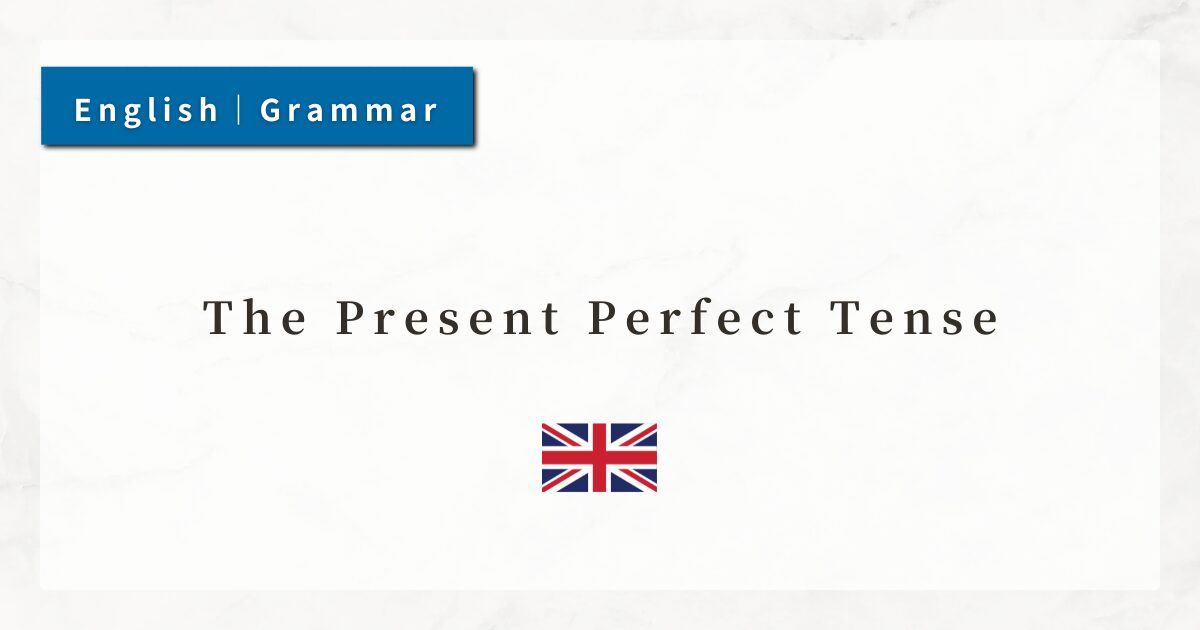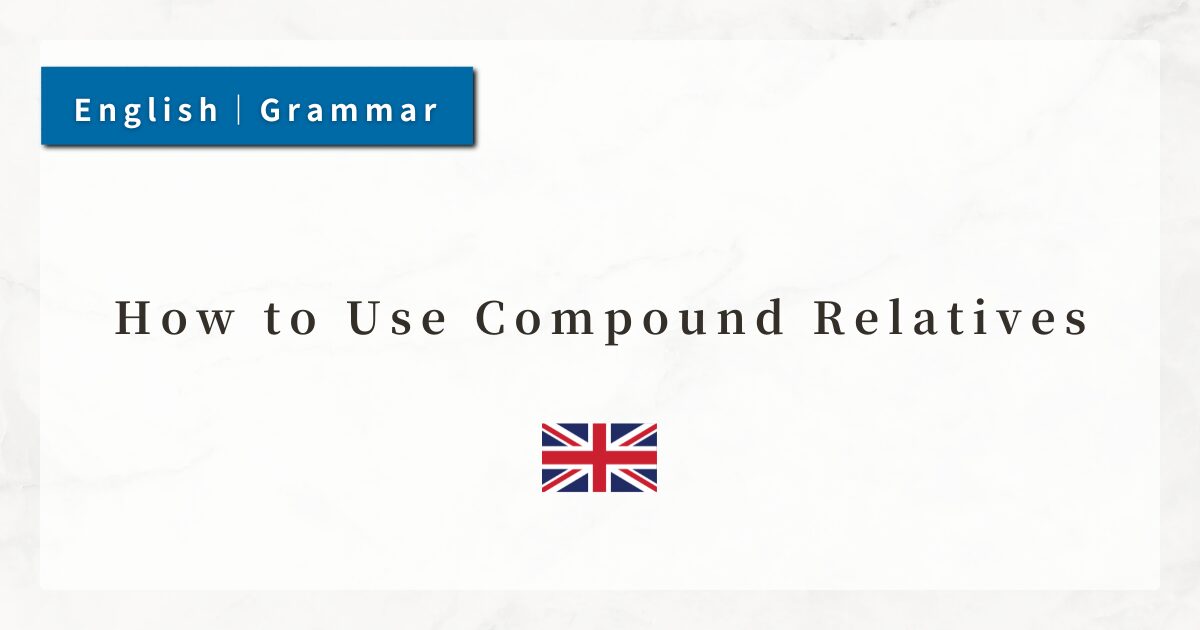#5 How to Form Questions in English|Basic Rules and Methods of Asking Questions

When asking questions in English such as “Is it … ?” or “Do you … ?”, you must change the word order. If this rule of word order is not understood, even correct vocabulary and expressions may fail to convey the intended meaning.
Here, I will organize the basic structures of English questions and confirm their usage with example sentences.
1. Types of Questions
English questions can largely be divided into two types. Each type has its own word order, use of auxiliary verbs, and grammatical structure.
- Yes/No Questions
→ Questions that can be answered with Yes or No. - Wh-Questions
→ Questions that begin with interrogatives such as what, who, where, etc.
1-1. Yes/No Questions
Yes/No Questions are questions that can be answered with “yes” or “no.”
- Do you like coffee?
- Is he your brother?
In this type, a structural change occurs: either the subject and verb are inverted (e.g., Are you … ?) or an auxiliary verb is placed at the beginning (e.g., Do you … ?).
1-2. Wh-Questions
Wh-Questions are used when you want to ask for specific information such as “what,” “where,” “why,” or “when.”
Common question words include:
- what, who, when, where, why, how,
The basic rule is to place the question word at the beginning, followed by the same word order as in Yes/No Questions (Auxiliary verb + Subject + Verb).
2. Questions with the Verb be
When a sentence contains the verb be (am, is, are), a question is formed by simply inverting the word order of the subject and the verb.
- Affirmative:
You are a student. - Question:
Are you a student?
In this case, no auxiliary verb is needed. The question is formed only by reversing be and the subject.
3. Questions with Main Verbs: Using do / does / did
For sentences with main verbs such as eat, like, play, questions are formed by placing an auxiliary verb (do / does / did) at the beginning, followed by the subject and the base form of the verb.
- Affirmative:
You play tennis. - Question:
Do you play tennis?
When the subject is third person singular (he, she, it), use does. In this case, the main verb remains in its base form without “-s.”
- Affirmative:
He likes tea. - Question:
Does he like tea?
For past tense, use did as the auxiliary, and again, the verb returns to its base form.
- Affirmative:
She watched TV. - Question:
Did she watch TV?
4. Wh-Questions with do / does / did
The general structure of Wh-Questions is as follows:
Question Word + Auxiliary (do/does/did) + Subject + Base Verb
- What do you eat for breakfast?
- Where does he live?
- Why did they leave early?
In these cases, the verb always stays in the base form, just like in Yes/No Questions.
If the Wh-word itself is the subject, no auxiliary is required. The sentence follows the same structure as an affirmative statement.
- Who came to the party?
Here, Who functions as the subject, so the structure is simply Subject (Who) + Verb (came).
5. Summary
- In English, word order is the key to forming questions. Simply raising the intonation does not make a question.
- With be verbs, simply invert the subject and verb.
- With main verbs, place do / does / did at the beginning, and use the base form of the verb.
- For third person singular subjects, use does. For past tense, use did.
- Wh-Questions follow the structure: Wh-word + do/does/did + subject + base verb.
- If the Wh-word is the subject, no auxiliary is needed.




